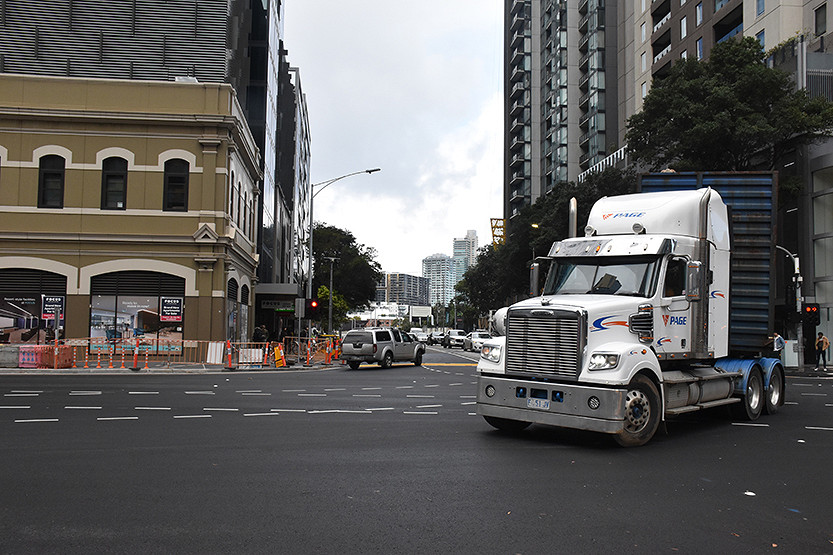
Less space for cars, more for pedestrians in plan to “rebalance” city streets
Southbankers walking into the CBD may soon be battling with less cars under a new plan for the city’s streets.
Pedestrians will be prioritised and cars could be barred from busy streets under a new City of Melbourne plan to correct space inequality in the CBD.
The draft “Future Streets Framework” proposes that “full or partial closures” to private vehicles be implemented along Flinders, Collins and Spring streets to free up space for those on foot.
The entire CBD section of Elizabeth and Swanston Streets could also become car-free zones, with the council focusing strongly on safe and efficient movement around busy train stations. Partial closures could see motorist access limited to certain times of the day, or streets open in just one direction.
If implemented, the changes would see a less busy, more pedestrian-friendly streetscape for Southbankers walking into the CBD across Princes Bridge or Evan Walker Bridge.
According to Lord Mayor Sally Capp, the blueprint will help prepare busy city areas for the significant changes emerging through the Metro Tunnel Project opening, and the 2026 Commonwealth Games.
A draft version of the plan was expected to be endorsed at a June 6 Future Melbourne Committee meeting.
“The Framework will help us deliver streets that work for our city, from efficient traffic flow and safer pedestrian zones, to enhanced public transport hubs,” Cr Capp said prior to the meeting.
“The majority of trips completed within the Hoddle Grid are on foot, so we’re particularly focused on making our streets as safe for pedestrians as possible. We’ve already converted many of our ‘Little Streets’ to shared zones – limiting through-traffic speeds and prioritising pedestrians. We will continue making Melbourne a more walkable city, which means ensuring pedestrians and cars can safely coexist.”
The new framework builds on the council’s Transport Strategy 2030 (released in 2019), a key finding of which revealed that while nine in 10 trips in the CBD are done on foot, only a quarter of total street space was designated for footpaths.
As a result, the council was hell bent on redressing the balance and creating a more “equitable” public realm.
“The framework proposes street types which establish a hierarchy for different transport modes to co-exist across the city,” The Future Streets plan noted.
[It] recognises that not all transport modes can exist in a constrained street.
Vehicle access deemed “essential” (including service, loading, trade and emergency vehicles, plus people with a disability) would not be targeted under any new plan.
The detailed council report made it clear that, contrary to popular opinion, pedestrians were the biggest economic drivers within the CBD, while some drivers were in fact holding the city back.
“Pedestrians of all abilities offer the highest economic and environmental return of any transport mode…vehicles that have a destination also provide an economic contribution, but vehicles that simply travel through the city do not provide a benefit.”
Under the framework, CBD streets were classified into four categories, with ‘Melbourne Square’ streets — those in line for major car-access changes — deemed most significant.
These are “major city gateways that accommodate high pedestrian densities around stations, interchanges and major civic destinations”.
Other classifications include “city streets”, “little streets”, and “laneways”.
The draft plan also proposed to permanently close private vehicle access on little streets “where possible”.
This, alongside intermittent closures, would “support pedestrianisation, activations and events suited to the context, while supporting traders to manage loading and servicing needs”.
The Future Streets Framework is understood to be an overarching document building on the work of the 10-year transport strategy, and detailed street designs were expected at a later date.
If endorsed by councillors, locals can have their say on the new plan from June 7 to July 19 at participate.melbourne.vic.gov.au •
Caption: Busy CBD streets, designated in maroon, slated for changed car conditions

Revitalisation of Alexandra Gardens progresses

Build-to-rent development gets green light in South Melbourne






 Download the Latest Edition
Download the Latest Edition